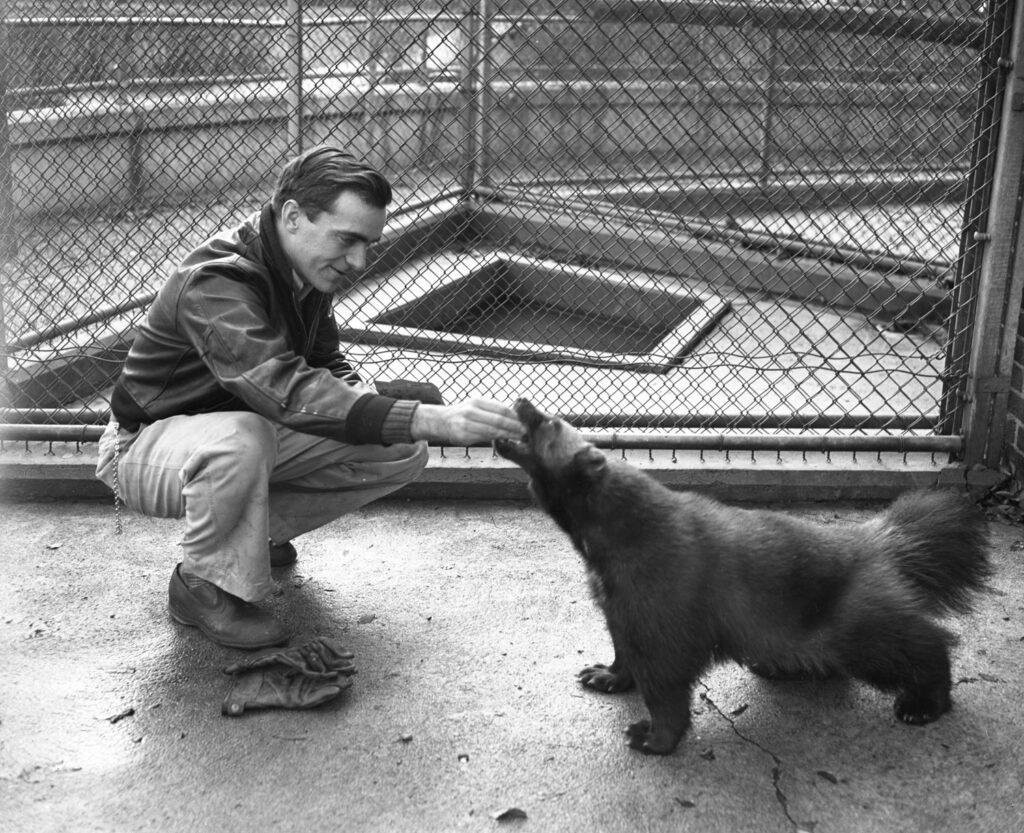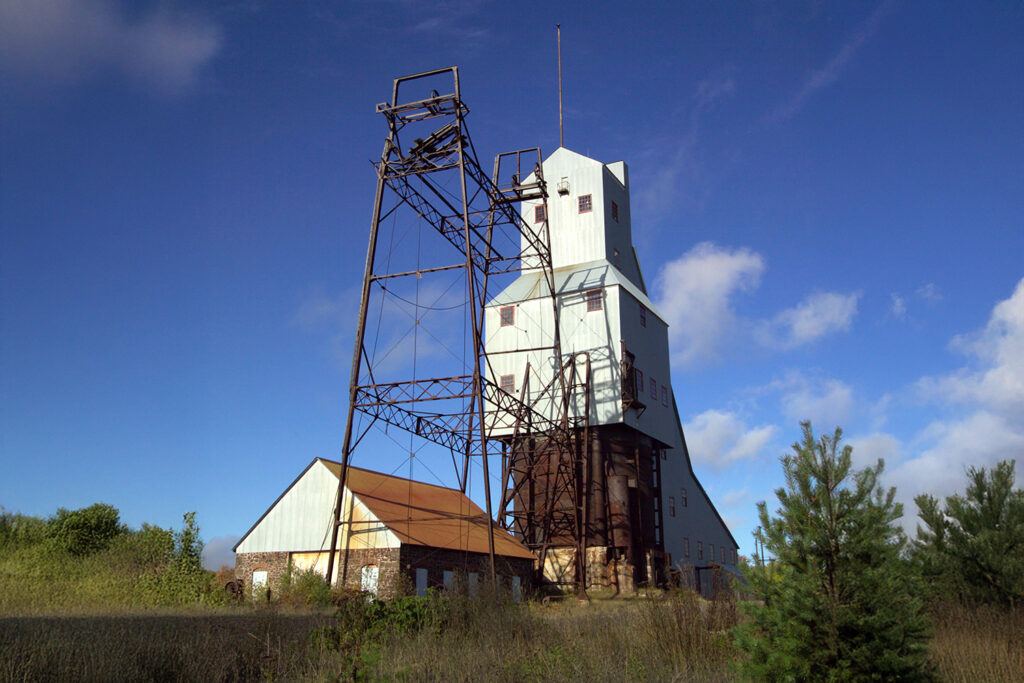The original Animal House wasn’t at Faber College—it was at the University of Michigan.
For more than 30 years, from 1929 until it closed in 1962, the University of Michigan Zoo stood proudly on the Ann Arbor campus, home to a wide array of animals that call Michigan home. It had black bears, raccoons, foxes, skunks, porcupines, otters, and badgers. It also had a collection of reptiles, including turtles, snakes, and Gila monsters.
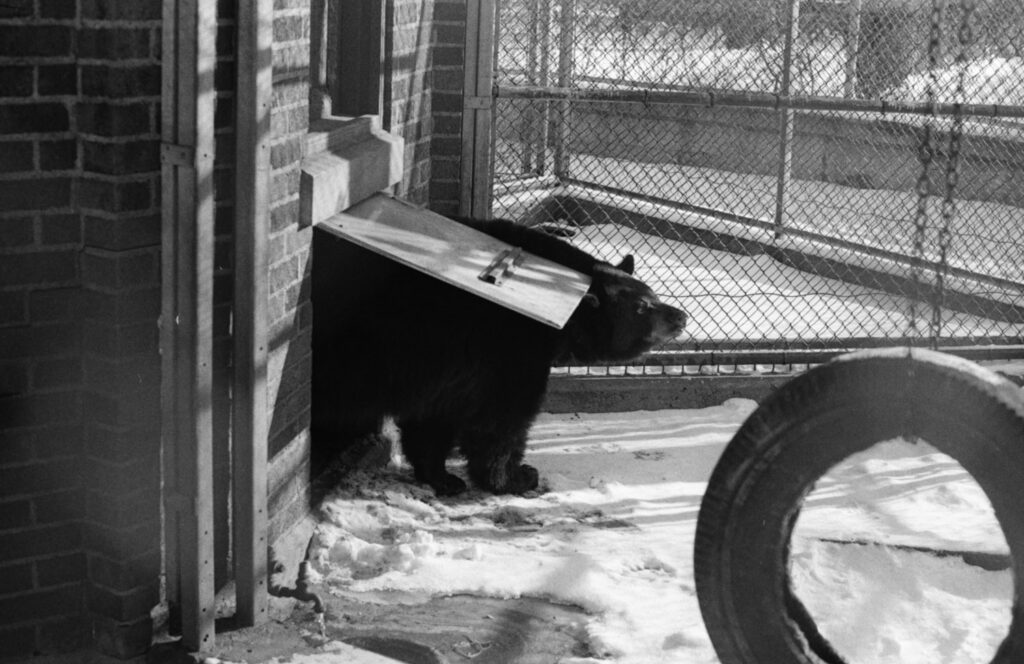
The University of Michigan Zoo’s most famous resident—the one mammal that wasn’t a Michigander—was a wolverine named Treppy that came from Alaska. Treppy was also the one wolverine on campus who didn’t like football.
The zoo story started in 1929, when an anonymous benefactor gifted U-M the money to open the facility. The powers that be at the school loved the idea of having an actual zoo on campus, figuring it would be an excellent hands-on teaching facility.
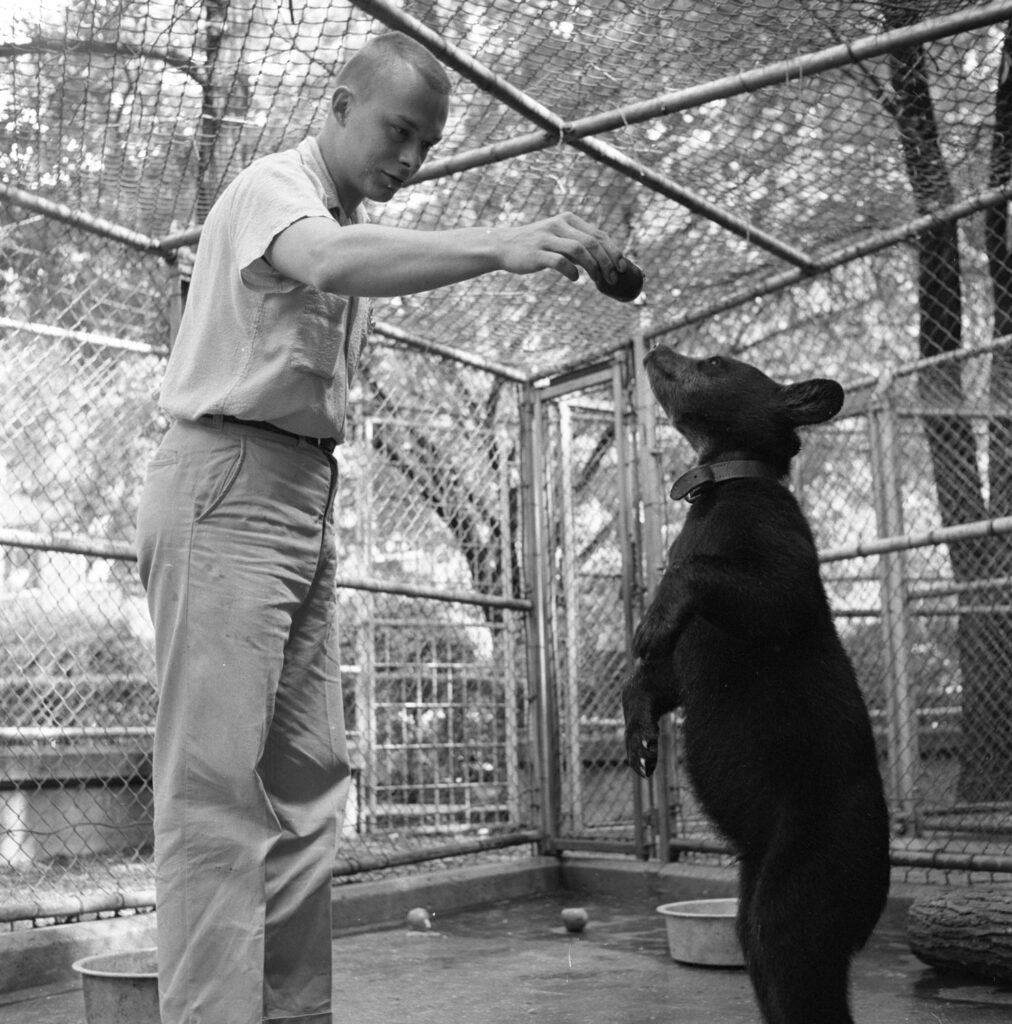
The zoo itself was just a single building—a hexagonal facility that had chain-link enclosures all along the outside where the public could see the animals. They also weren’t big on safety or security—kids could go right up and feed the bears and foxes through the fence.
The University of Michigan Zoo was located on Washtenaw Avenue near where the Natural History Museum is now. It was originally intended to be a teaching facility, but it also proved to be hugely popular with families in Ann Arbor.
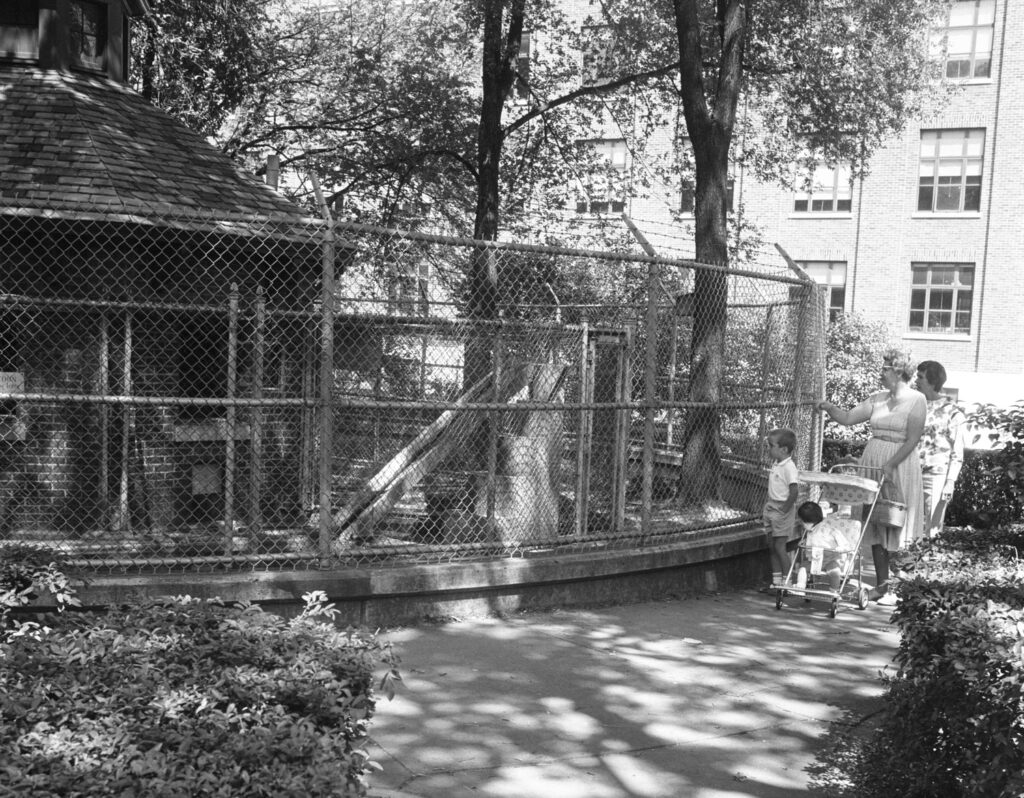
Students would visit with the critters between classes while moms pushing strollers would make frequent trips to the little zoo. Everybody loved it.
A recent post about the zoo in the “Ann Arbor Townies” Facebook group showed that there is still great fondness for it, more than six decades later, from the folks who were around back then—even if many people remember it as a smelly place that seemed a bit sad and inhumane for the animals.
John A. Briegel wrote, “We used to visit with our kids in the 1960s. The odors from the bears’ cage were horrific. They did not poop in the woods.”
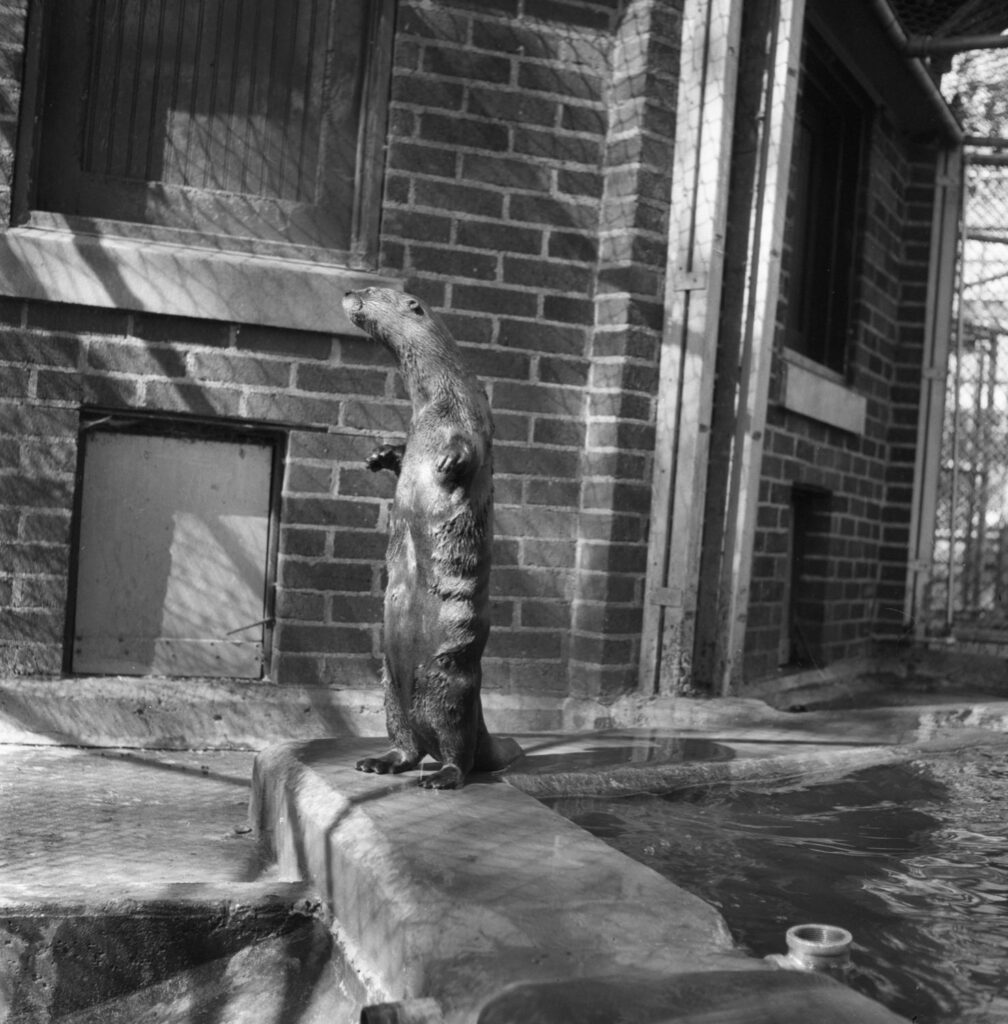
Victoria Thayer added, “I remember and never could understand why they didn’t build another zoo somewhere else on campus. I was so sad when they closed it as we kids loved it! I still remember that Michigan Wolverine!”
Ah, yes. The wolverine.
In 1936, the Detroit Zoo gave the U-M Zoo a wolverine that had been captured in Alaska some years earlier. The U-M Zoo named him Intrepidus, but everyone started calling him “Treppy” for short.
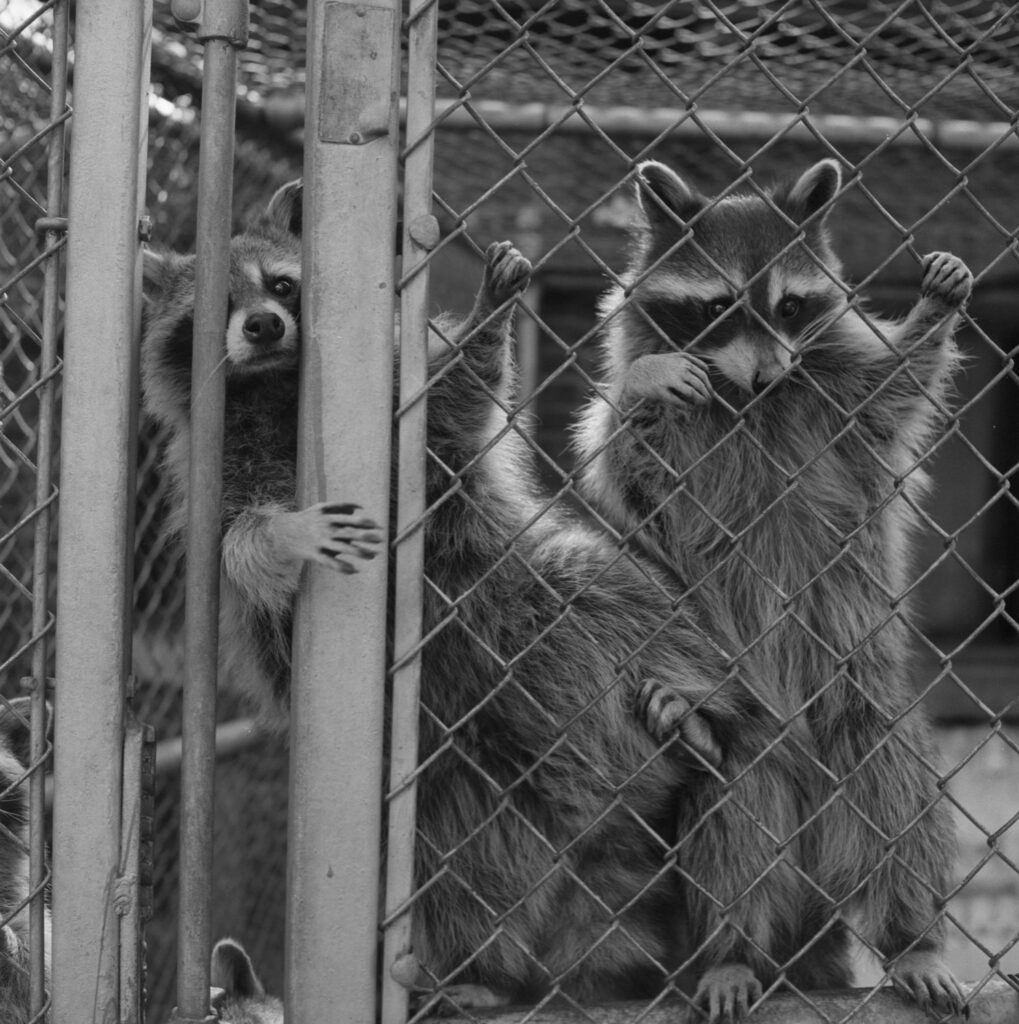
Soon after his arrival, somebody over at the athletic department came up with the bright idea that they should bring Treppy to a football game and bring him out on the field in a cage as part of the pre-game festivities. The crowd would cheer, the band would play, and the team would get extra fired-up knowing that a real wolverine was there to cheer on the football Wolverines.
What could possibly go wrong?
Well, as it turned out, Treppy did NOT enjoy the experience. As the Ann Arbor News reported a few years later, “When Treppy came back from the game—after having been paraded around the field in a cage to the accompaniment of college cheers and fanfares from the band—he was in such a state of nervous exhaustion and panic that he literally foamed at the mouth.”
That was the one and only time that Treppy went to a football game. They brought him back to the zoo, and he never made another trip to the Big House.
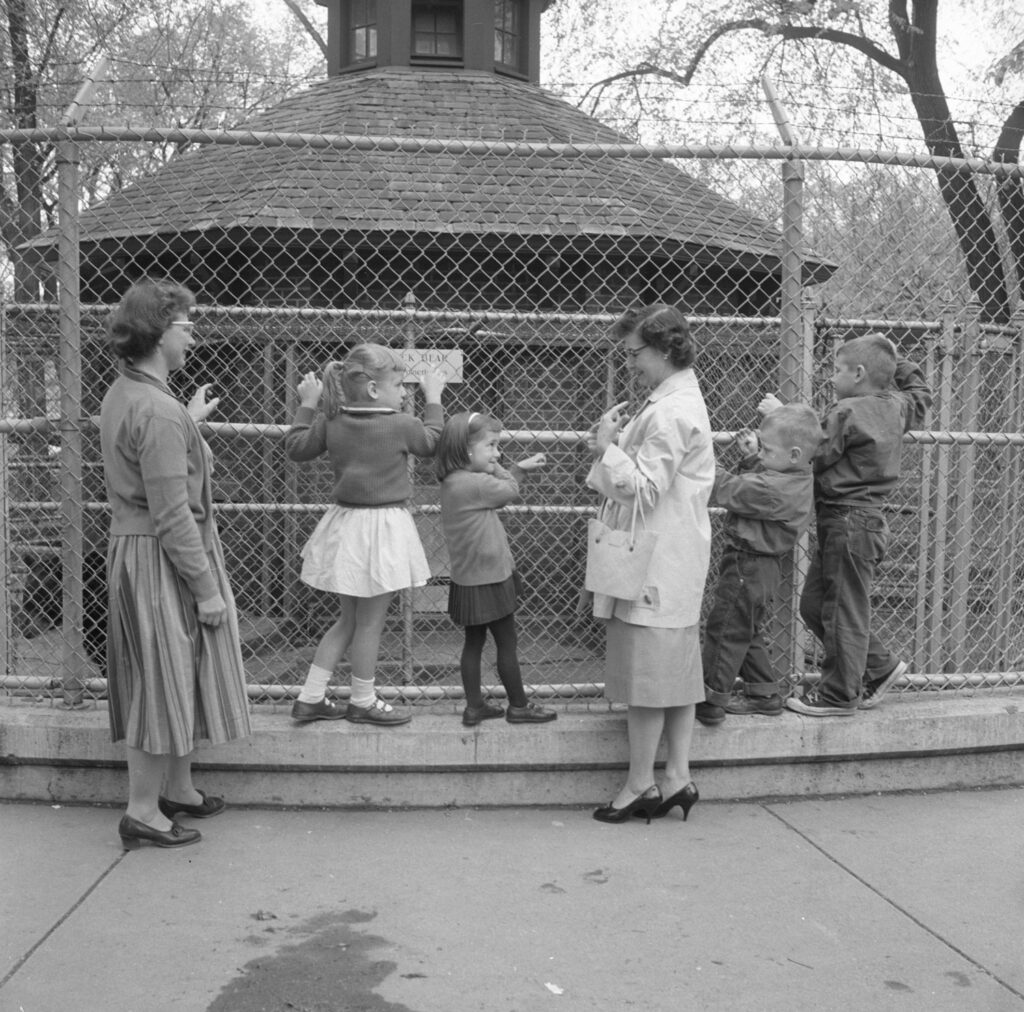
He did prove to be hugely popular with the students and families who visited the zoo, though. And while wolverines in the wild are some of the most ferocious animals on the planet, Treppy was fairly mild-mannered. He mostly ate horsemeat and dog food, and he would also eat raisins out of his trainer’s hand. (Pro tip: Don’t ever try that if you meet up with one in Alaska.)
It was a sad day in 1950 when Treppy passed away of natural causes, having seemingly gotten over the horror of attending a football game.
It was also a sad day in 1962 when the University of Michigan Board of Regents made the decision to close the zoo. The museum building was expanding, and they needed the land, so the zoo had to go.
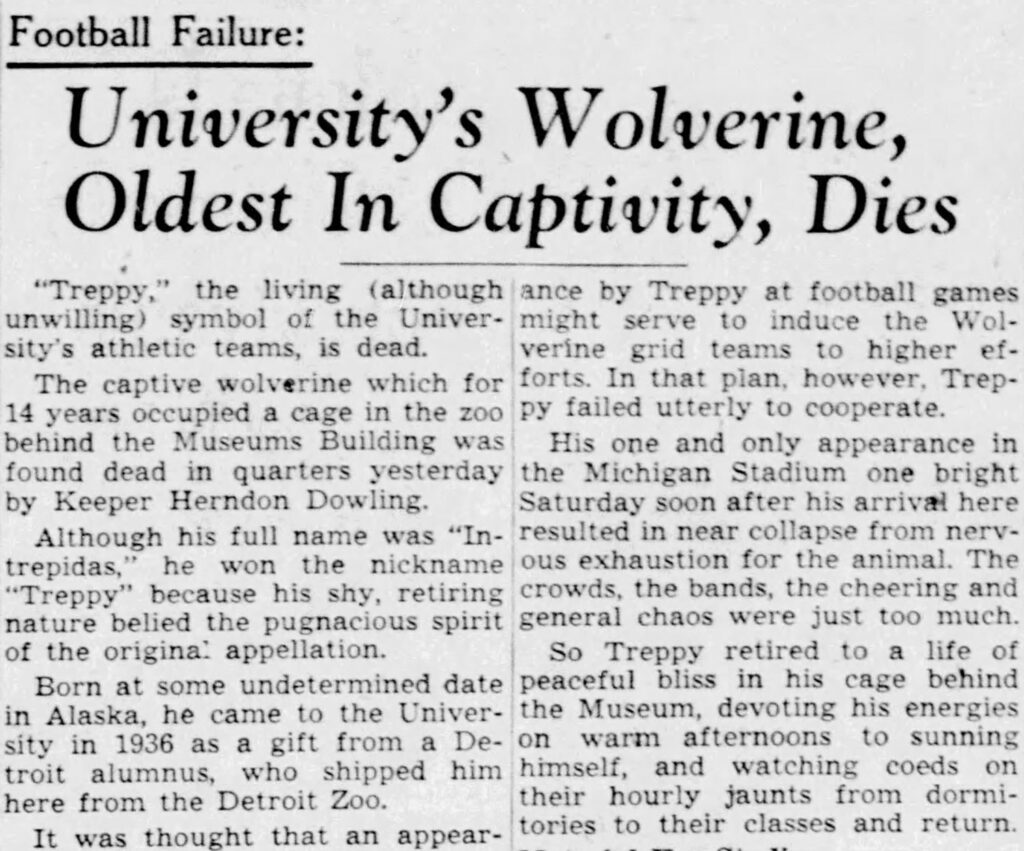
The Ann Arbor City Council members were furious about the decision, because its citizens loved the zoo, so they tried feverishly to convince U-M to either keep it open or move it to a new location. The school held firm, though, and stuck with the decision to close it.
By then, they were down to just a handful of turtles and 10 mammals—two black bears, five raccoons, two foxes and a skunk. Zoos from all over the country wanted the animals, and they all found new homes.
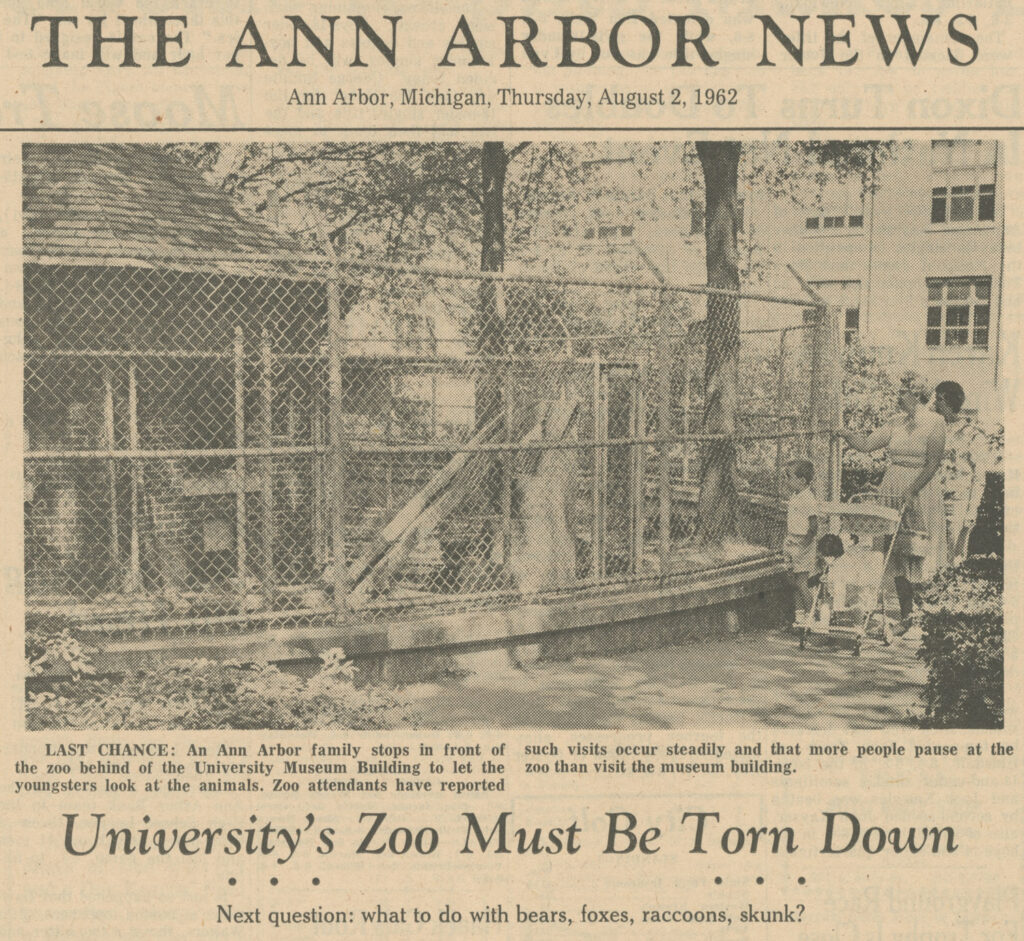
A zoo on a college campus was a rarity back then (the U-M Zoo was the only college zoo the state has ever known), and it’s even more rare now. The only fully accredited zoo currently on a college campus is a 10-acre zoo at Sante Fe College in Gainesville, Floirda. That one has more than 70 species and 200 animals, including kangaroos, bald eagles, monkeys, and lemurs.
But no wolverines. Treppy’s legacy endures.
For a look at the University of Michigan Zoo in its heyday, check out this beautifully restored color film from the 1950s.
Buddy Moorehouse teaches documentary filmmaking at Hillsdale College.
